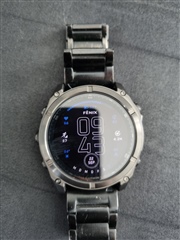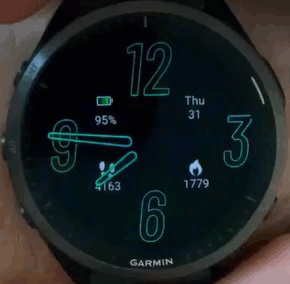Does anyone know how garmin does do that? Or do they not care?
Check out following Fenix 8 AOD watchface (the outlined style is already the AOD style) and as you can see, there is no way that the battery bar on top is "moving" invisibly. I would even say, nothing is moving around here...

So from a technical point - how can this not lead to burn in over time?


